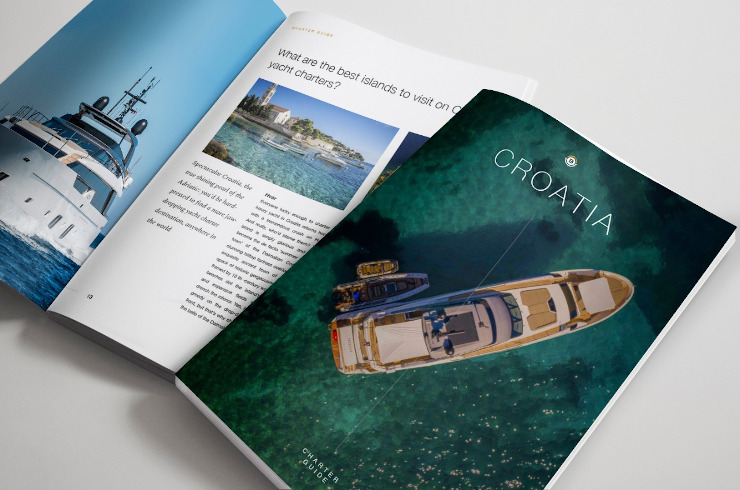10 Awesome Fish Species to Discover in the Bahamas
Here we will go through the top 10 incredible fish species to discover in the Bahamas. Our list looks at the species and where we can find them.
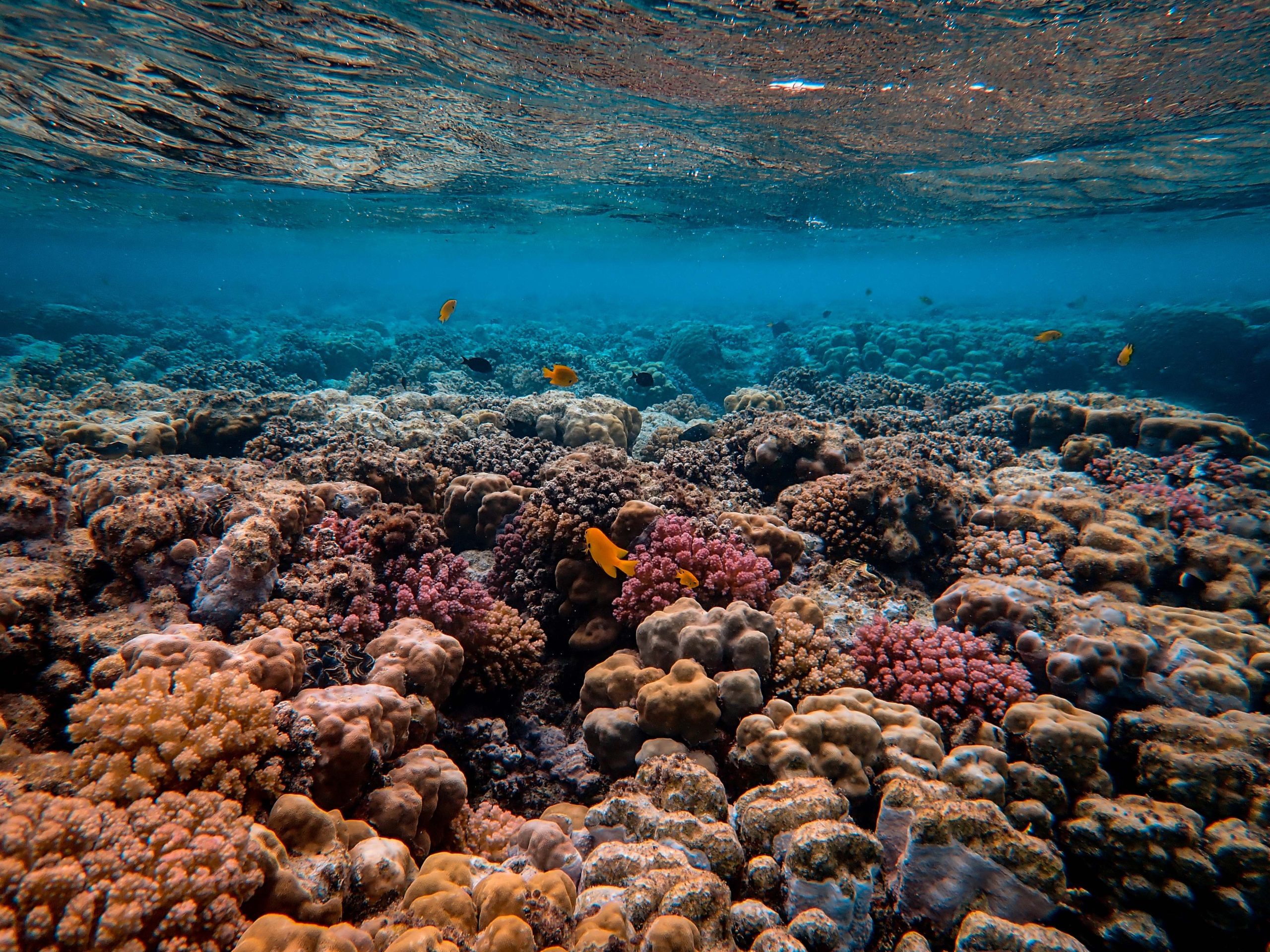
There are tons of incredible fish species to discover in the Bahamas. Here are the top 10 species to watch out for in this snorkeler's paradise.
An incredible feature of the Bahamas has always been the diversity of its marine habitats. In the north, you will find mangrove swamps and seagrass meadows. A sail down south takes you through pristine coral reefs into the depths of the 1820m oceanic trench near Andros. Lest we forget, there are also the deep blue Atlantic waters.
As such, it is natural that this collection of islands with such diverse marine habitats would be home to incredible marine life. It is hard not to encounter one of the treasured fish species snorkeling or diving in the Bahamas. Parrotfish, snappers, whales, sharks, and dolphins are all common sightings in this coral paradise.
Here we will go through the top 10 incredible fish species to discover in the Bahamas. Our list looks at the species and where we can find them.

Found solely in the warm temperate waters of the Atlantic Ocean, the Wild Atlantic spotted dolphins and bottlenose dolphins are common in the Bahamas. You only need to know where to find them. The best locations to share a swim with the spotted dolphins are off the shores of Bimini island. The waters surrounding the Grand Bahamas Islands also play host to these incredible creatures who enjoy the company of divers.
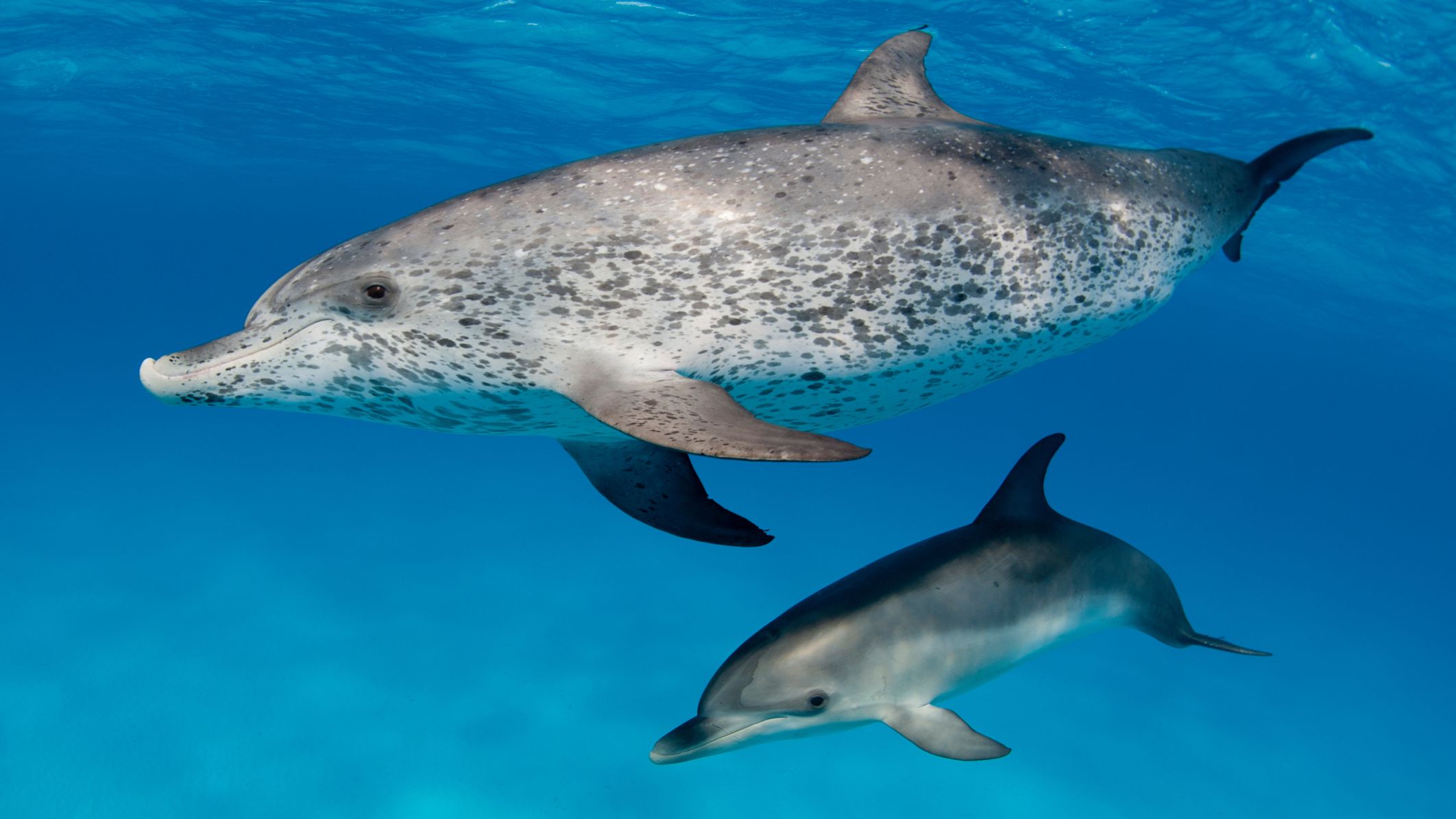
There is no official record of where the endangered Sea Turtles nest within the Bahamas. This has not prevented divers from encountering the hawksbill, loggerhead, and green turtles. The best location for green turtle sightings is Green Turtle Cay off the Great Abaco Island. Beyond possessing some of the most pristine white sand beaches in the Caribbean, the island's turquoise waters are frequented by green turtles. Other great locations for sea turtle sightings are Rose Island, Deadman's reef, Cable Beach, Hooper's Bay, Manjack Cay, Edwin's Turtle Lake, and Pumpkin Patch.
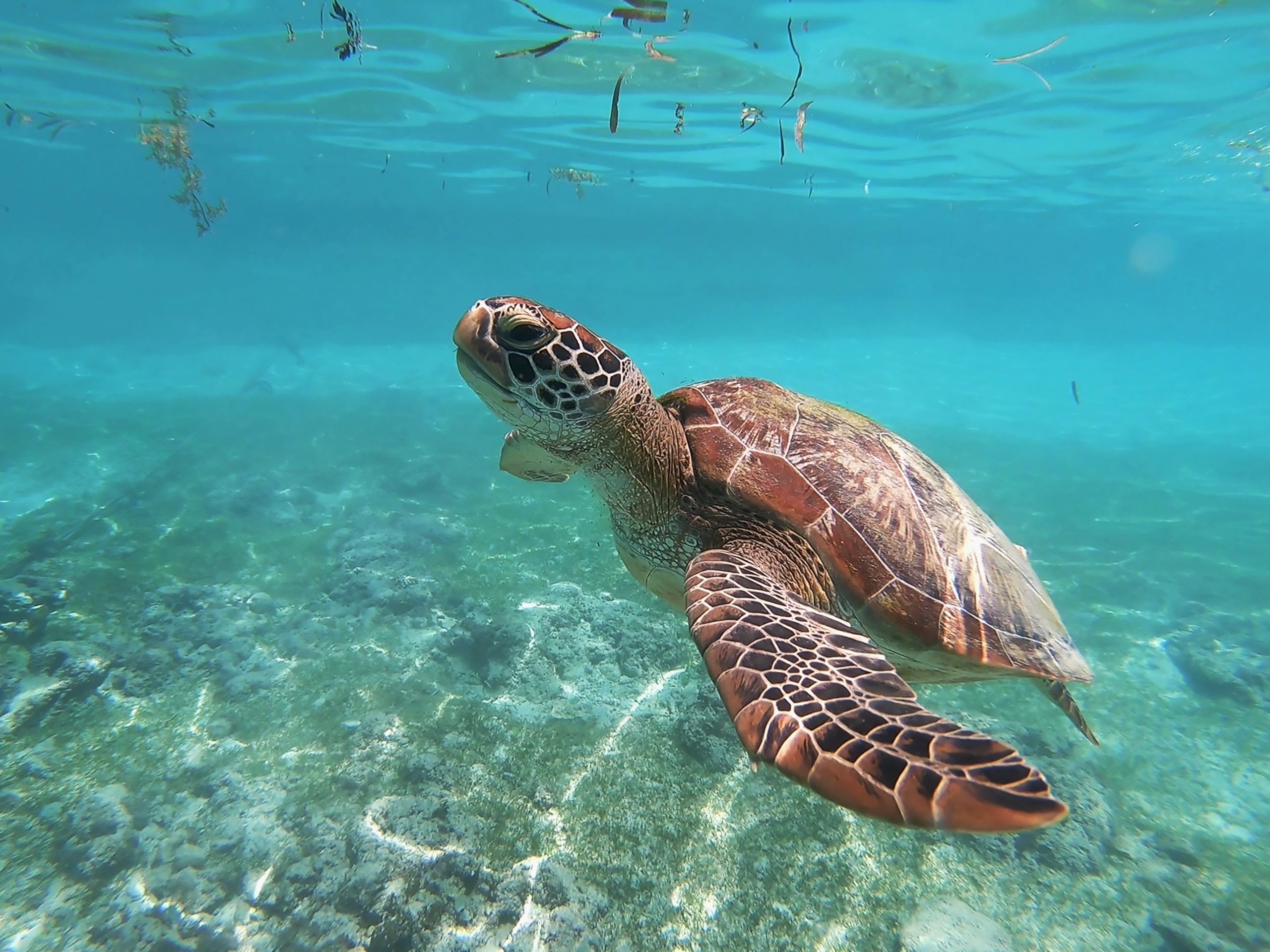
Predatorial in nature, the Nassau grouper can grow to 1.2 meters and weigh as much as 18kg. However, most Nassau groupers are only half of this size. This fish depends on its camouflage skills to prey on octopus and crustaceans that leave their hideouts in cracks. Must of its hunting is quite predictably executed at dusk and dawn.Unlike other parts of the Caribbean that have dwindling numbers of this sea bass family member, the Bahamas has a decent population of groupers. Often preferring to stay solo, Nassau groupers are found in masses during spawning season from January ending to the early weeks of February. They can be sighted off Long Island, Andros, The Berry Islands, and Bimini.
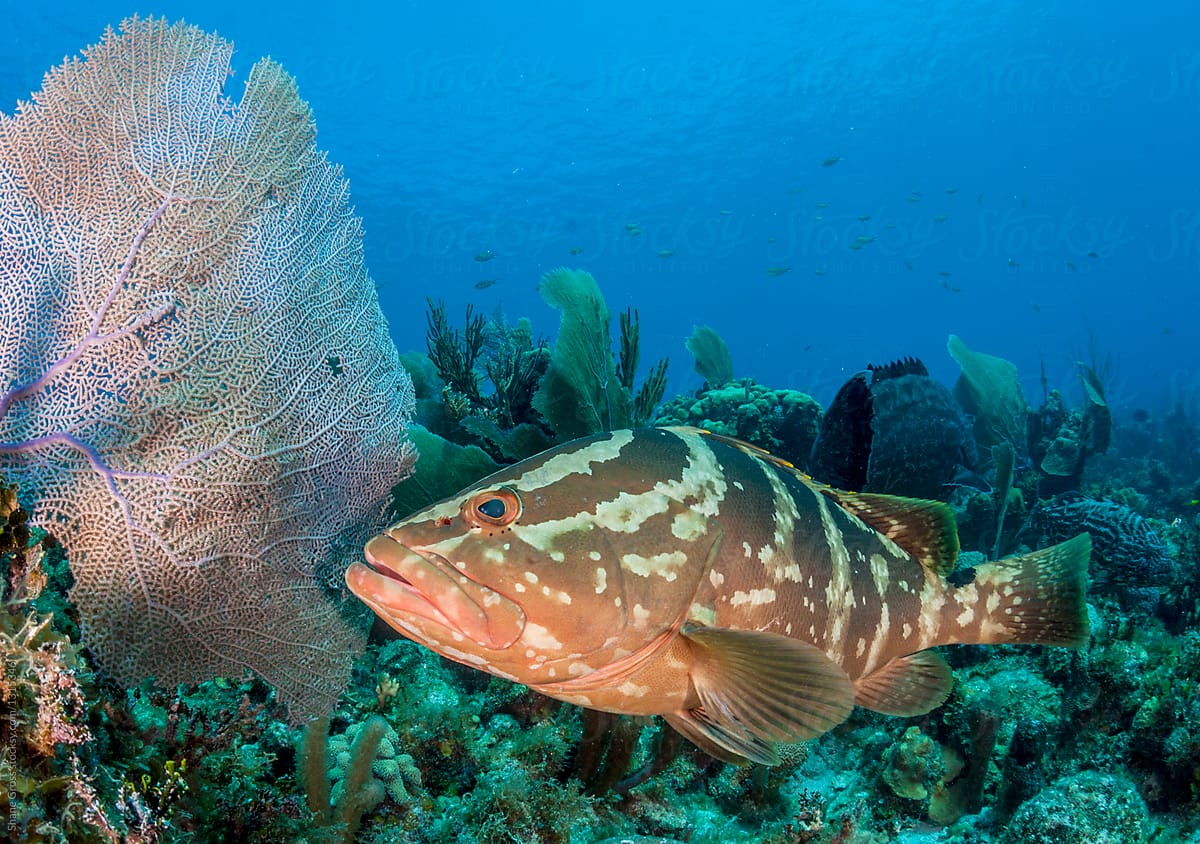
Cushion Starfish is a mollusk commonly found in the Bahamas. They gather in large colonies adorning vast seagrass mashes and sandy patches on the Bahamas coast with their lovely glow. This marine creature can measure up to 50 centimeters in width. Starfish are commonly found in an area commonly referred to by locals as Starfish Reserve located off the Great Exuma mainland.
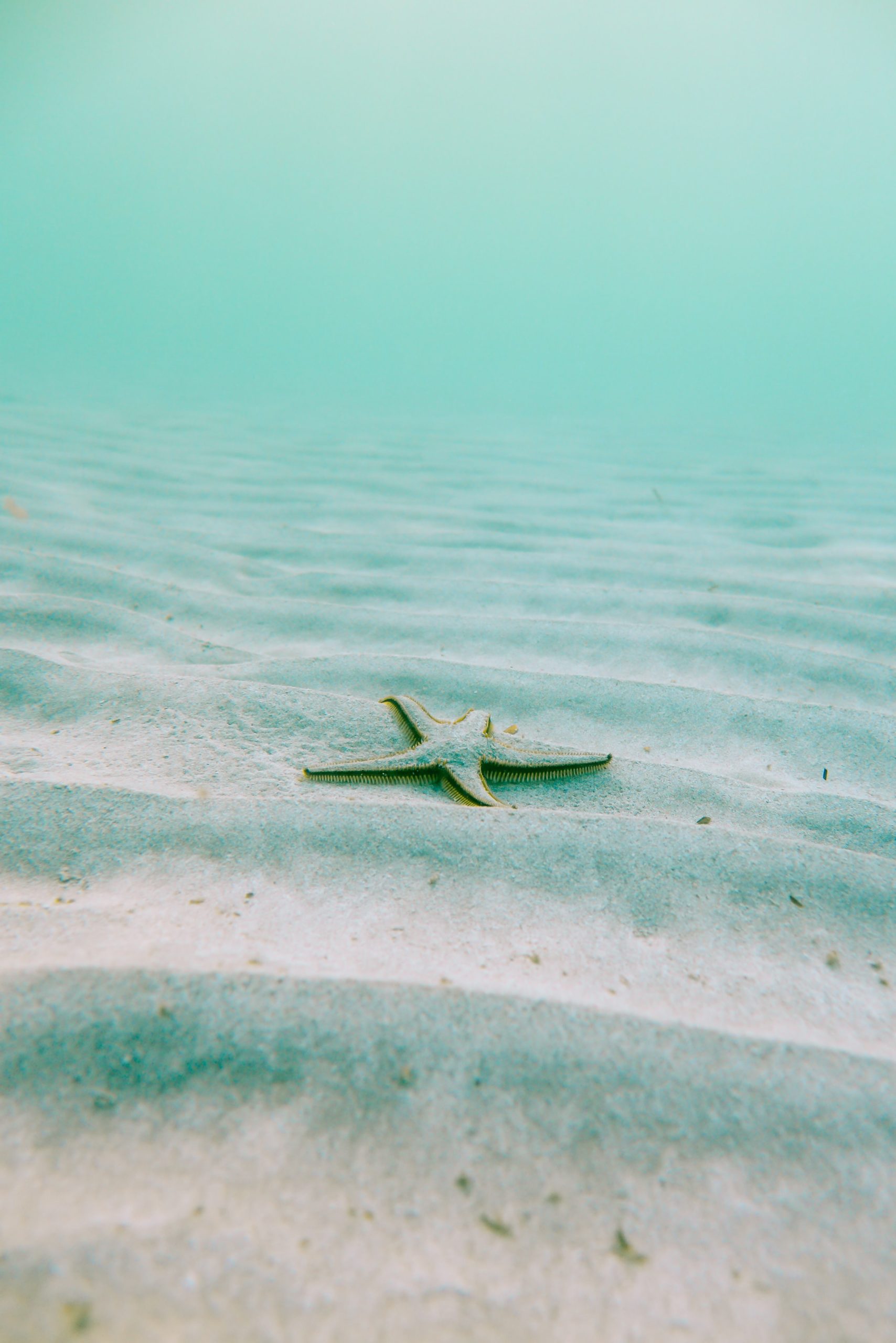
One of the most iconic marine species in the Bahamas is the Queen Conch. Known to feed majorly on algae, this sea snail has an orange shell that pops out on seagrass beds. Despite being on the CITES list of threatened species, the Queen Conch is an integral part of local Bahamas cuisine. The best place for mass sightings of this marine creature is Potter's Cay, Nassau.
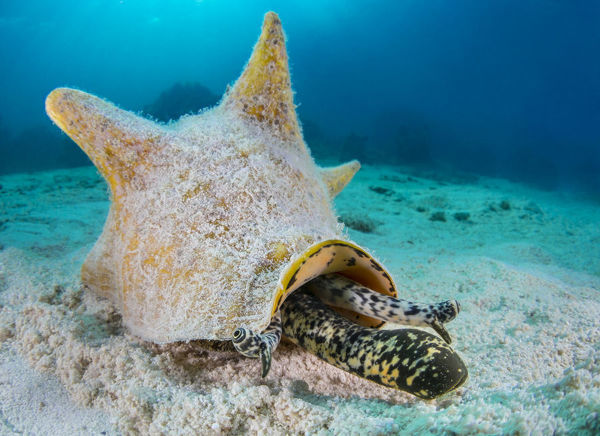
Gorgeous yet invasive, Lionfish has been a paradoxical challenge to residents of the Bahamas. Since its emergence in Bahamas waters in 2004, Lionfish activities have drastically altered the ecosystem by preying on ecologically and economically viable fish. As a result, local anglers have begun catching and eating them. Interestingly they are a tasty treat. However, it is advisable to stay away from living Lionfish as its spines are exceedingly poisonous.
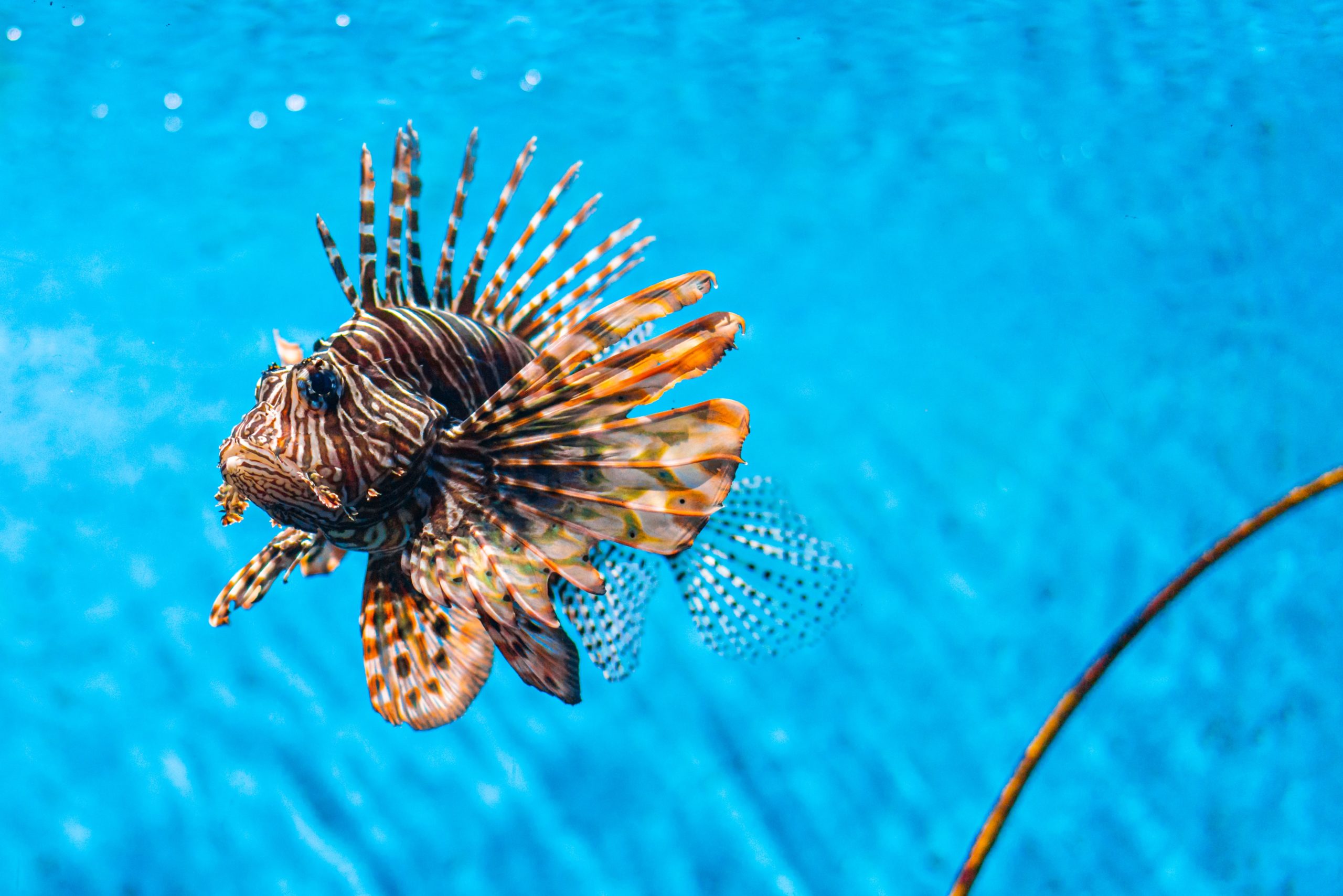
The Spiny Lobster is an interesting crustacean. It can grow up to 60 centimeters long and living for as long as 40 years. This nocturnal animal is devoid of the pinching claws commonly found with the Cold Water Lobster. The Spiny Lobster hides under overhangs and in crevices during the day. Prime places to spot them are underneath wrecks.If you get your timing right, you may witness the 'March of the Spiny Lobster.' This is a march of hundreds of lobsters from shallow banks searching for deeper waters as a shelter from seasonal storms. This journey occurs between late October and early November.
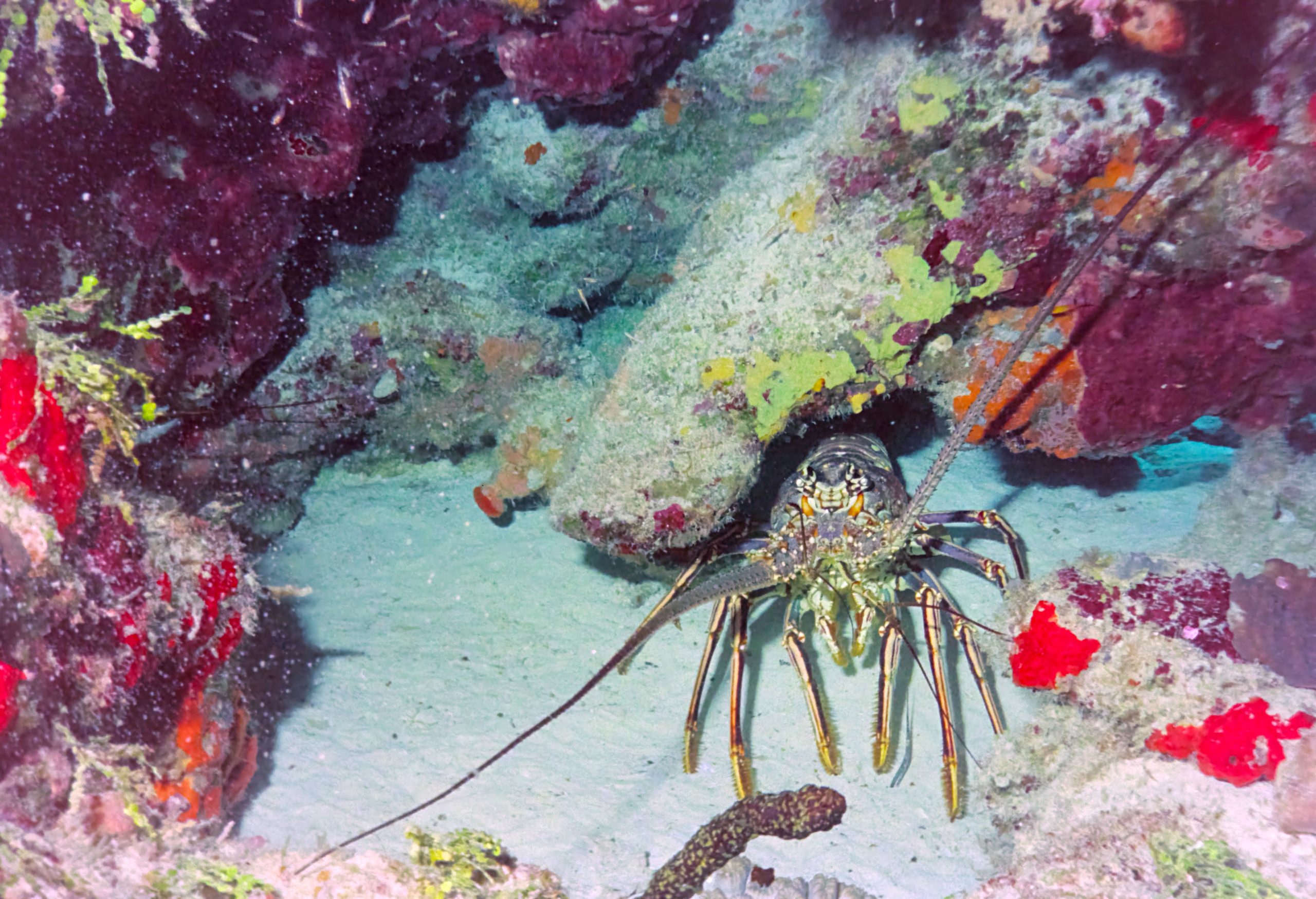
The most common reef fish in the Bahamas is the blue tang. Capable of growing as long as 30cm, this fish is visible on most dives and are great photo opportunities for the obligatory reef shot. This fish is so ubiquitous in these islands that it is needless seeking an ideal location for sightings.
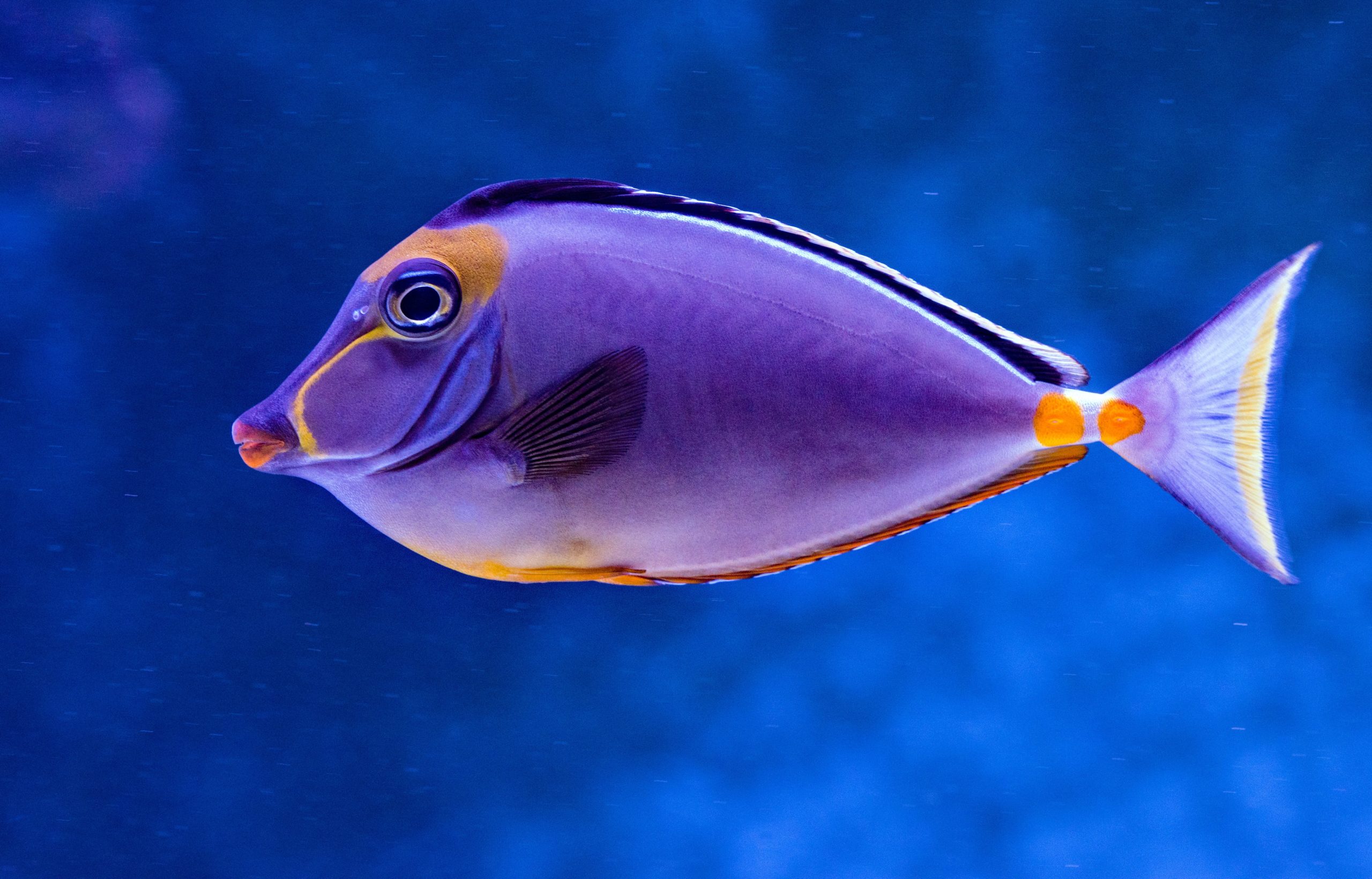
Barracudas are ferociously fierce and stunningly beautiful creatures. The teeth on these silver fish are razor-sharp and deadly. Although they can be aggressive when provoked, they are generally very friendly to divers. Take in their beauty from afar and avoid wearing anything shiny that might attract the fish's attention. Barracuda are commonly found off the coast of Nassau.
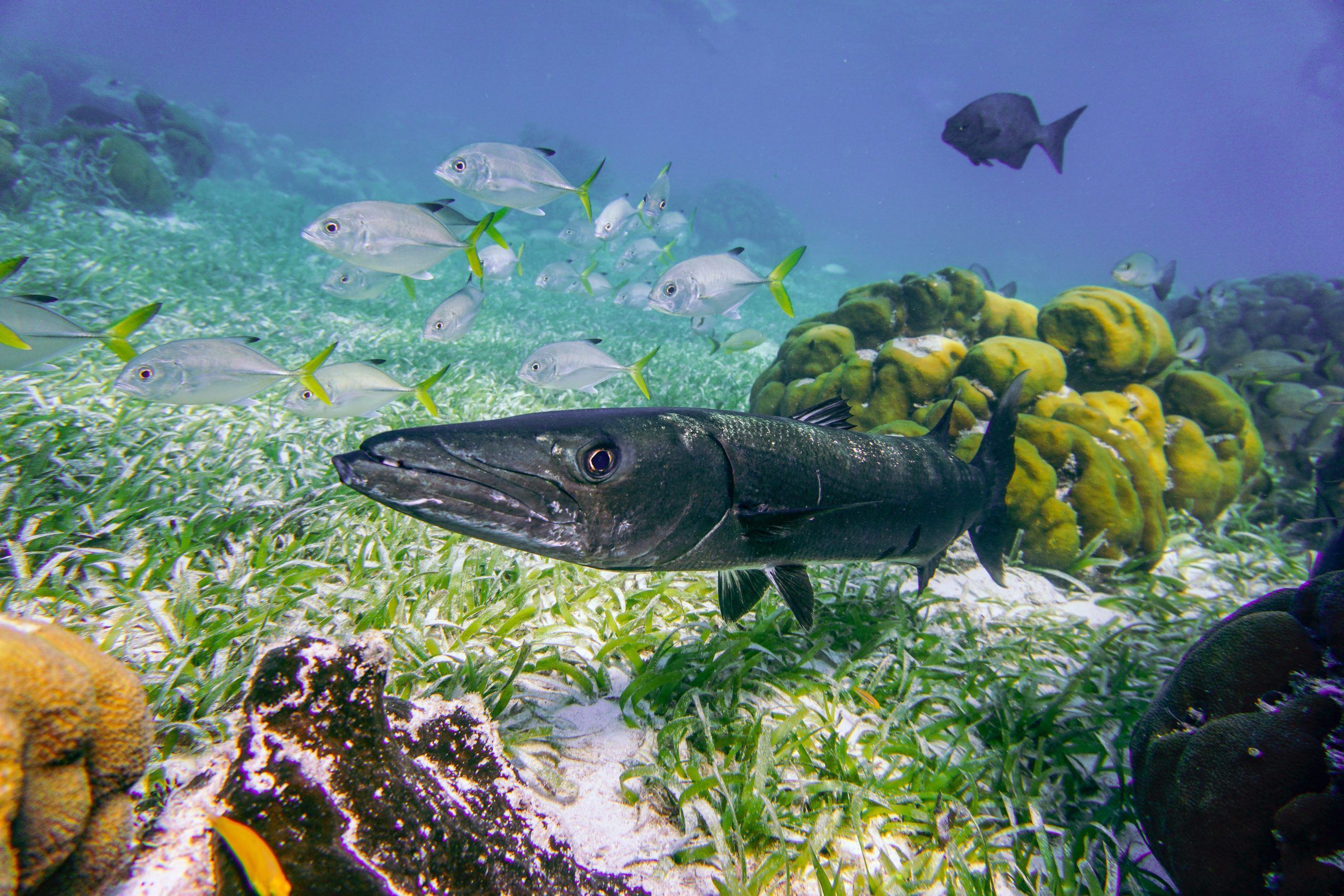
This fish is designated as the Bahamas' National Fish. They are prevalent among game anglers, and this magnificent species may have inspired Ernest Hemingway's classic novel The Old Man and the Sea. They have an impressive dorsal fin and a sword-shaped snout, making them a thrilling sight to behold in person.
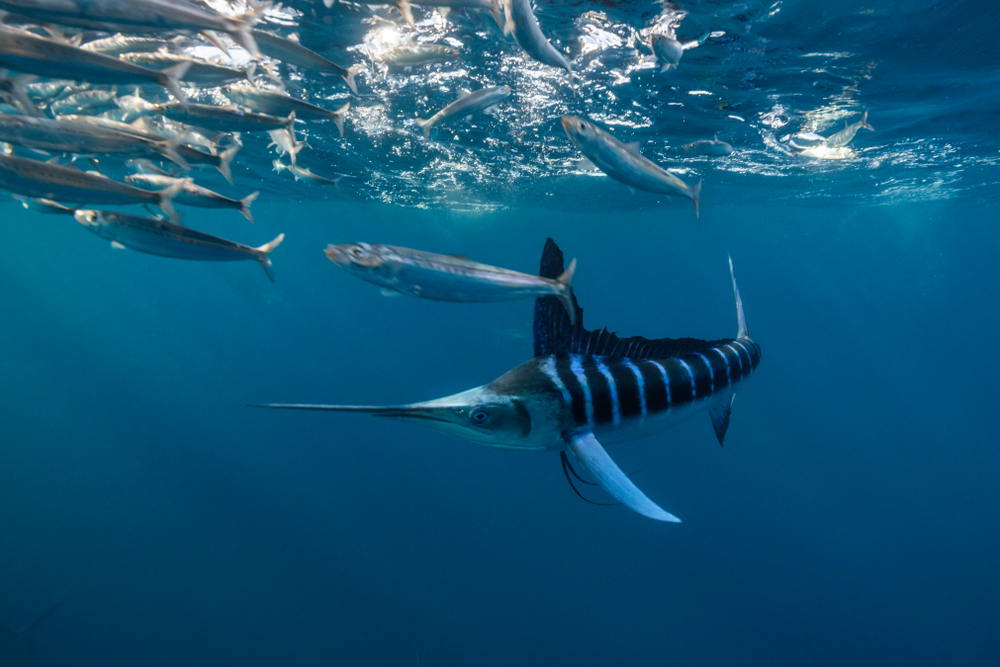
To truly appreciate the marine life found off the coast of the Bahamas, one must go there. Book a yacht charter with us and embark on a snorkeling adventure of a lifetime. This selection of incredible fish species and more await your exploration in the heart of the Caribbean.
Step aboard Funky Town, the 27m Canados Open 90 yacht that guarantees that you'll be seen, heard, and remembered. Experience the vibrant rhythm of the Balearic Islands with a touch of elegance. As you and your friends gracefully make your entrance to bustling harbors, watch as the lively parties come to a halt, with all attention diverted to your magnificent yacht.
Cabins
Guests
Yacht length
Week price starts from
Welcome aboard the Five Stars by Mangusta, a sleek 28m motor yacht that makes a bold statement in the world of luxury yachting experiences.
Cabins
Guests
Yacht length
Week price starts from
Discover the ultimate choice for those who yearn for sun-drenched days in the paradise of the Balearic islands. UM7, with her majestic 28 meters, stands ready to bring you on a Balearic luxury yacht journey that will leave an everlasting mark in your memories.
Cabins
Guests
Yacht length
Week price starts from
SEVEN is not just a lucky number onboard this beautiful Sanlorenzo SL90 Asymmetric yacht. A rebel to the yachting world, the SL90A rethinks the ordinary layout of a yacht, enticing you with her unconventional beauty.
Cabins
Guests
Yacht length
Week price starts from
With decades of industry experience in the yachting and luxury travel industries, let us take away the worries of organizing your holiday from A to Z. Contact us today to start planning your trip!
ENQUIRE NOW